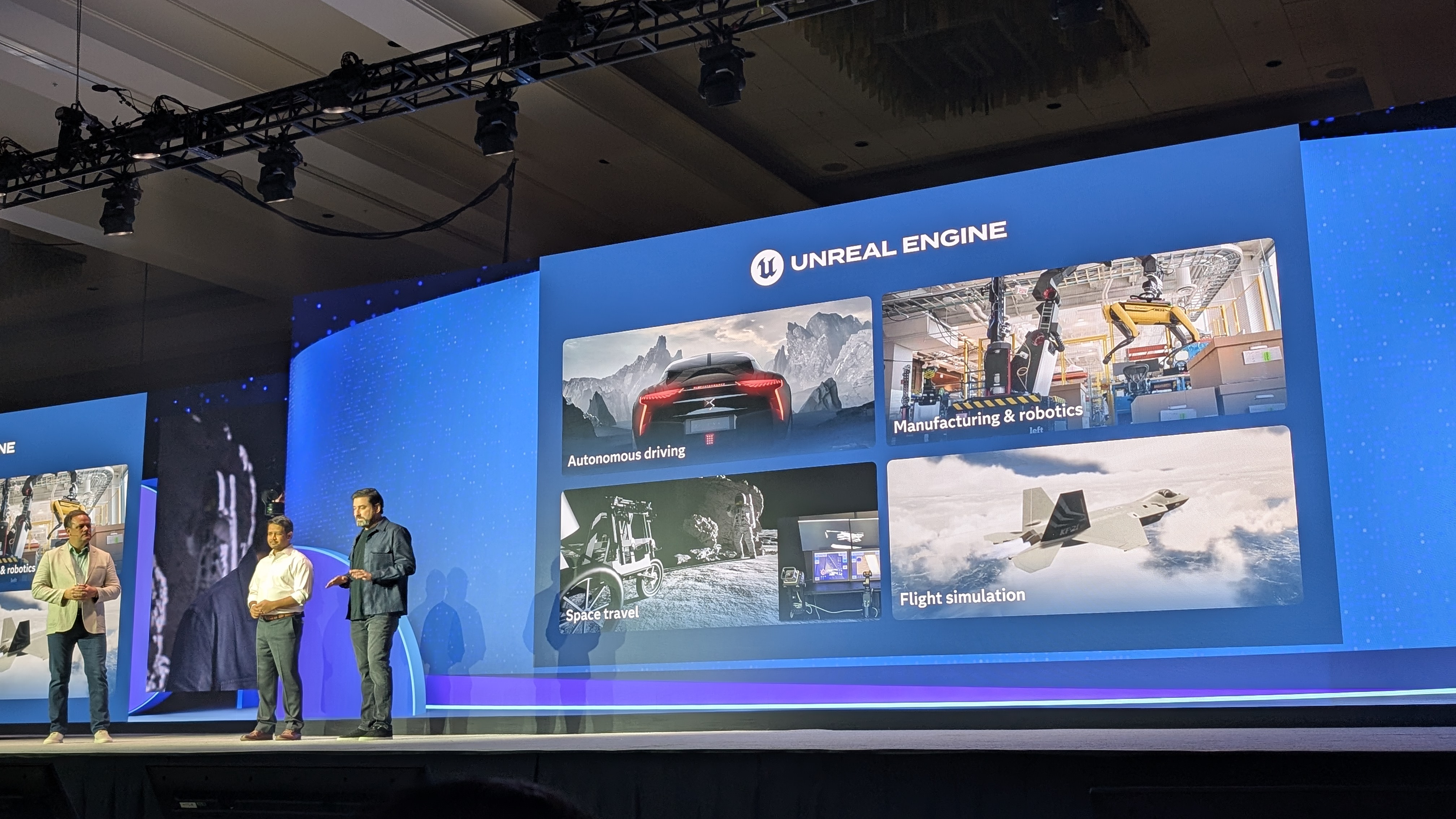SAS has announced new synthetic data capabilities and support for digital twins in a push to equip enterprises with concrete platforms for data-driven decision making.
Synthetic data is artificial data generated to resemble real datasets in every way that’s meaningful. These datasets are typically used to train AI and machine learning models without exposing sensitive data.
While generating synthetic data has benefits, obtaining it can be difficult, research shows. Organizations need access to the right algorithms to generate quality data, particularly if they’re looking to train a domain-specific AI model for very targeted use cases.
This is where SAS Data Maker is intended to come in. The service is a low-code/no-code platform that can quickly generate synthetic data in the quantities needed and to a high standard that’s auditable.
SAS first announced Data Maker in 2024 as an in-preview product with an unspecified release date, and has since acquired the UK synthetic data startup Hazy to improve its data generation software. It has now announced a targeted general release of Q3 2025.
The announcement was made at SAS Innovate 2025, the company’s annual conference held in Orlando, Florida. At the same event, SAS elaborated on work it’s doing at the other end of the data pipeline to make better use of existing business data for advanced data simulations, such as digital twins.
It gave the example of a recent project it has undertaken with the paper and wood-based product manufacturer Georgia-Pacific (GP), in collaboration with Epic Games.
The trio have leveraged Epic Games’ 3D Unreal Engine, originally developed for video games, combined with GP’s enterprise information and SAS data technology, to simulate an entire factory at Savannah River Mill in Georgia.
Using the factory’s digital twin, GP could analyze the efficiency of its on-site automated guided vehicles (AGVs), as well as lower the barrier to entry for workers seeking analytics data on the factory.
SAS said its cloud-native Viya platform was integral in getting the project up and running, with GP having used tit to translate unstructured factory data into informations systems that formed the backbone of the digital twin.
“With the help of SAS and Unreal Engine, we can create realistic simulations of factory operations,” said Roshan Shah, GP’s vice president of AI & Products.
“Imagine watching AGVs navigate through a bustling factory floor, reacting to proximity alerts, obstacles and rare adverse events in real time,” Shah added.
“The powerful analysis and photorealistic simulations delivered by SAS’ enhanced digital twins can enable decision making and boost output at Savannah River Mill. And they hold great promise for improving productivity, safety and efficiency at other GP facilities.”
MORE FROM ITPRO
TOPICS
Source link
